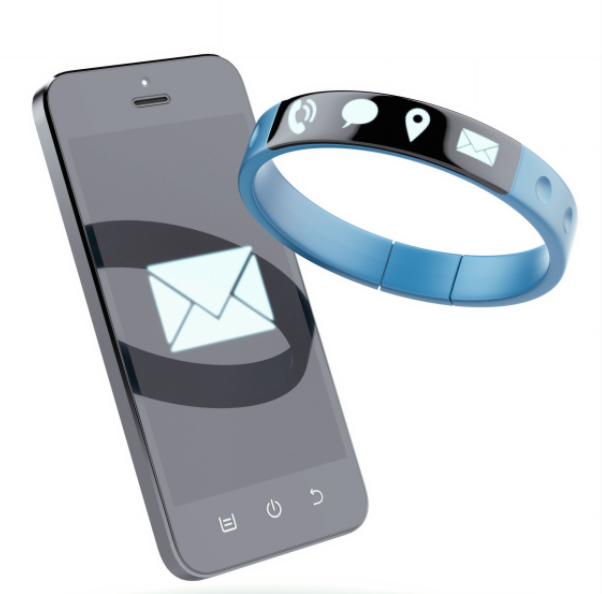

Time:2025-10-15
Sapphire glass, as a special material with high strength, high transmittance, and high wear resistance, is constantly expanding its application in the field of consumer electronics. Its unique physical characteristics make it an ideal choice for electronic products, gradually penetrating from luxury brand watch mirrors to multiple fields such as smartphones, smart wearables, tablets, etc.
1. Core applications in the field of smartphones
In the protection of smartphone screens, ordinary glass is prone to scratches, while sapphire glass has a Mohs hardness of 9, which can effectively resist daily wear and tear such as keys and gravel. However, the large-scale application of sapphire glass in mobile phone screens still faces challenges. Although it has excellent wear resistance, its cost is relatively high (about 5-10 times that of ordinary glass), and its impact resistance is slightly inferior to reinforced glass. In addition, the high refractive index of sapphire can improve the clarity of screen display, especially in strong outdoor light environments.

2. A revolutionary breakthrough in smart wearable devices
Sapphire glass has become a standard feature in the field of smartwatches and health monitoring devices. This design not only enhances product lifespan, but also strengthens brand positioning. More notably, the biocompatibility of sapphire glass makes it a choice for medical grade wearable devices. For example, the sensor window of some blood glucose monitors requires long-term skin contact, and the inert nature of sapphire avoids allergic reactions while ensuring the accuracy of the optical sensor.
3. Innovative combination of camera module and foldable screen
With the fierce competition for mobile phone camera functions, the value of sapphire glass in lens protection is further highlighted. In the field of foldable screen smartphones, the flexible processing of sapphire glass has become a research hotspot.
4. Optical upgrade of AR/VR devices
Augmented reality (AR) devices require high performance of optical components. In the field of micro projectors, the high thermal conductivity of sapphire glass (thermal conductivity coefficient of 25-35 W/m · K) helps solve the heat dissipation problem of LED light sources.
The popularization of sapphire glass from accessories to popular electronic products reflects the consumer electronics industry's pursuit of materials science. With the advancement of technology and cost reduction, its application scenarios will inevitably be further expanded, becoming the "invisible guardian" of electronic devices.
Tel
Mobile phone
Customer service
TOP